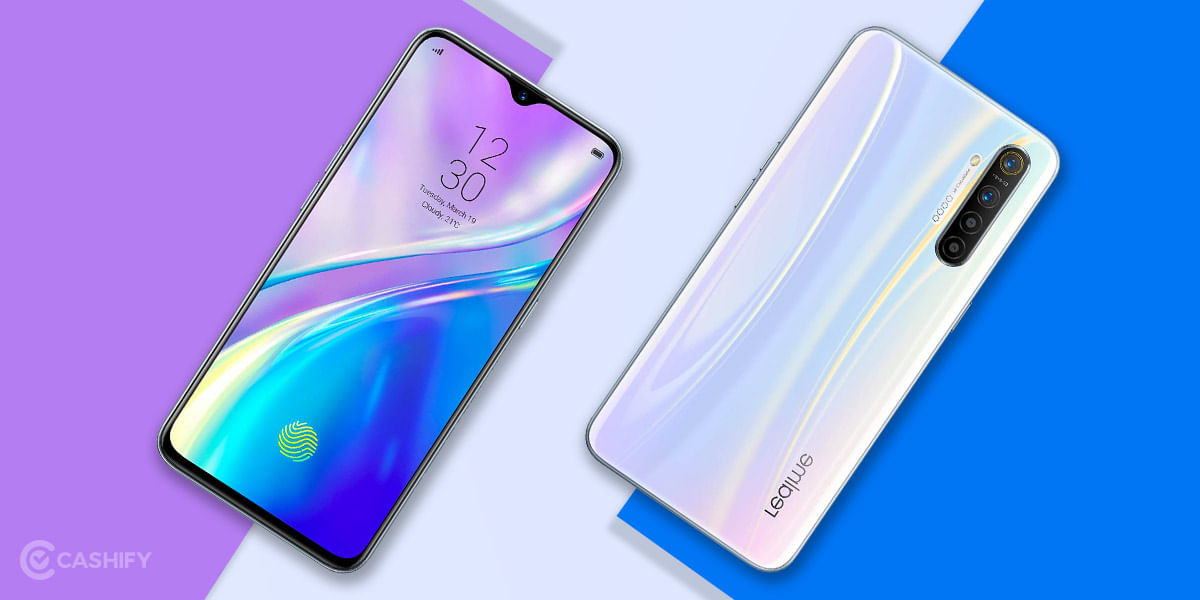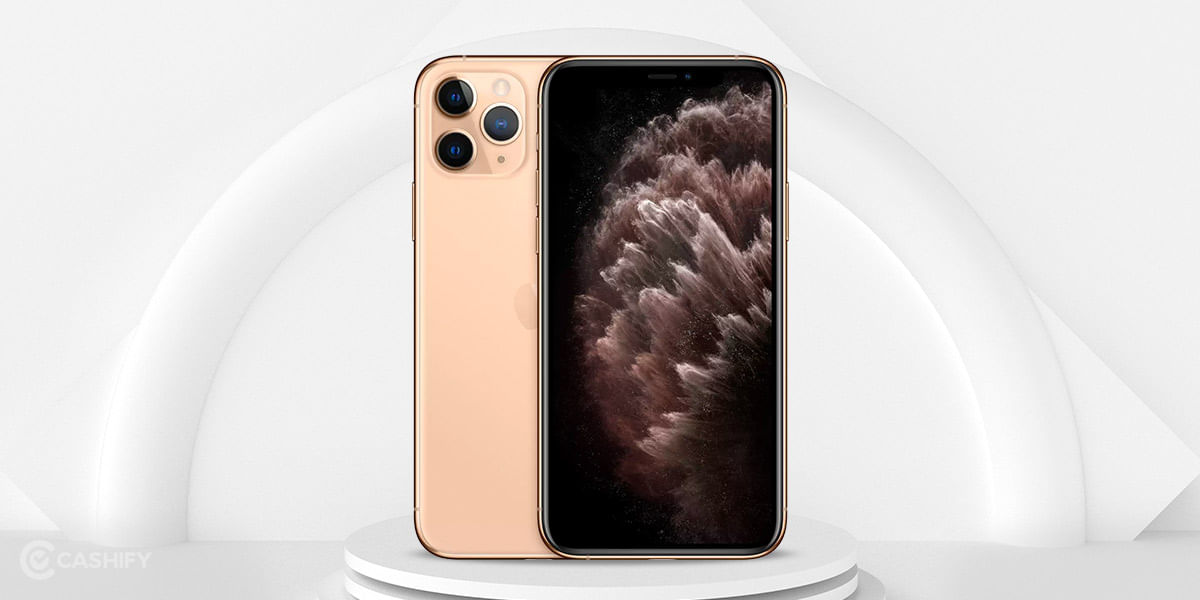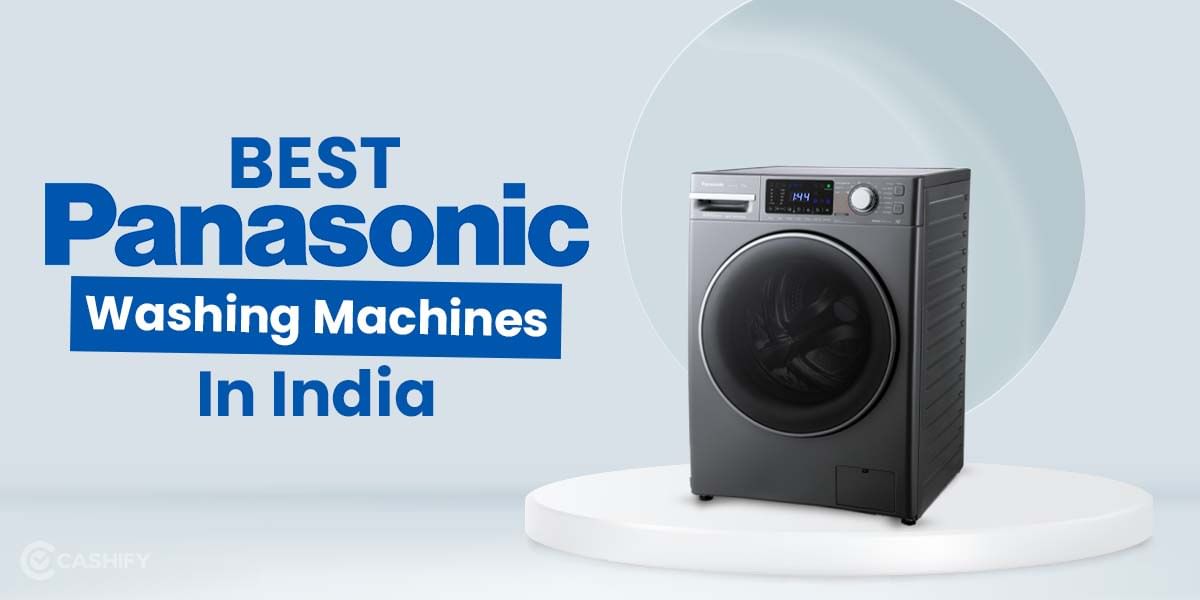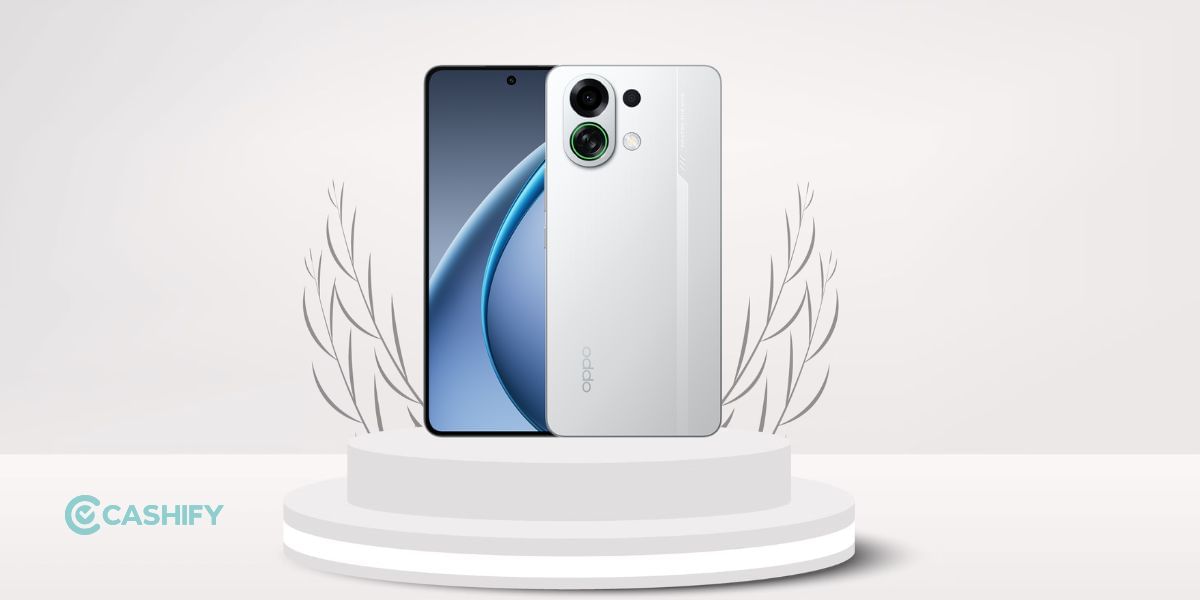Introduction
Motorola lost a lot of its market in mid-range smartphones because of cutthroat competition by Xiaomi and Realme and practically every other company. Still, now Motorola is planning for a comeback. The Moto One Vision was the first attempt in restoring the balance. After it’s a great success, Motorola has returned with Moto One Action, which looks a lot like earlier Moto One Vision, but it has many numbers of differences under the hood.
In this detailed review, we will try to answer all your questions about this device.
Just like Moto One Vision, this phone also has the same two headline features – one being part of the Android One program and the other is the camera.
Let’s not waste any more time and dive into the in-depth review and talk about this excellent device in detail.
Price in India, Variant, Availability
Moto One Action does not offer multiple hardware configurations; instead, it has only one base variant having 4GB RAM and 128GB storage onboard, the storage is, however, expandable up to 512GB using a microSD card.
As for color options, the phone is available in two colors in India, which are Denim Blue, and Pearl White, although there are some more color variants, they are not available in India for some reason. Both color variants are great. Pearl white option reminded me of One Plus 3 that was a great phone in its time.
As of now, the phone can be purchased only from the Flipkart and Motorola store. The price at the time of writing this review is ₹10,999 on Flipkart.
Box Contents
We got the Denim Blue unit as a review unit, and it came inside an attractive material purple box with a vast MotorolaOne logo on the front and some specifications about the handset on the back. Inside the box, the first thing we see is the handset itself, and interesting enough, the silicone cover is pre-applied on the handset already, unlike other devices. Keeping the handset away, we get a USB Type-C cable, Sim eject tool, AC charger, and some documentation, and that’s about it.
Here is a quick overview of what you’ll be getting inside the box:
- Moto One Action
- A USB cable (Type-C)
- 10W(5V,2A) AC charger
- Sim ejector tool
- Hard silicone case
- Documentation
Specs at a glance
Before we share our thoughts on the Redmi K20, let’s have a look at the specifications.
- Display: 6.30 inch, FHD+ (2520 x 1080 pixels, 21:9 aspect ratio)
- Processor : Samsung Exynos 9609, octa-core 2.2GHz
- GPU: Mali G72 MP3
- RAM & ROM: 4GB RAM, 128GB storage (expandable storage upto 512GB)
- Rear camera:12MP + 16MP + 5MP
- Selfie camera: 12MP
- Battery: 3500mAh
- Software: Android 9.0
- Price: ₹ 11,999 (at the time of writing this review)
With specs being cleared, let’s jump right into our detailed review.
Design and Build Quality
Motorola is well known for its affordable and balanced performance phone and not much for its design and innovation. Still, with this new lineup of Moto One devices, it’s going to change as the design aspect of these new handsets is amazing and Moto and invested some good time in designing these phones.
The Moto One Action copies almost all of its design from the Moto One vision, but that is not necessarily a bad thing as the design of Moto one idea was great. The only thing I was hoping Motorola could have fixed in this new version was the dense padding around the front camera.
The phone looks excellent overall. The phone is back is made of glossy plastic as it is relatively cheaper and more economical than using glass or metal. Once you put on any protective cover, all you’ll feel is the cover, so it makes sense to use plastic instead of some complicated material as you’ll never actually touch the back of the phone. Using plastic back helps to cut down the price by a lot.
As far as comfort goes, the phone is very comfortable to hold as the phone is slim and tall, it fits easily in hand, and the finishing is smooth. The back and front of the phone blends seamlessly and leaves no rough edges.
The screen is a 6.30-inch FHD+ display with a resolution of 2520 x 1080 pixels and a reasonably new aspect ratio of 21:9. The screen is covered with a 2.5D glass to make it smooth around the edges. The screen is bright enough to be visible in outdoor conditions, and the colors are punchy, and the display is crisp. All considered, I have no complaints about the display.
At the back, we have a triple camera setup aligned vertically on the top left corner. The camera configuration is great, and it’s one of the main highlights of this device as it has a dedicated Action Cam with a 117-degree field of view. Something like this is only present in high-end equipment like the Galaxy S10. Apart from the camera module, we have the fingerprint scanner at the back, too, placed correctly, and it’s reachable comfortably from either of the index fingers.
At the top, we have a 3.5mm headphone jack, receiver speaker for calls, and a secondary microphone for noise cancellation. The headphone jacks are a great deal for me personally because I don’t own a USB-C type earphone/headphones, and they cost a lot of money too. I’m sure many people still prefer a 3.5mm headphone jack over a USB-C type headphone jack.
At the bottom, we have the speaker, primary microphone, and a USB-C port for charging and data transfer.
On the left, we have the sim tray, and on the right side, we have the volume rockers and the power button. The buttons are bit shaky, but once the protective case is put on, this issue is barely noticeable.
The only thing that makes me uncomfortable about the design of this phone is the front camera design and placement. We mentioned this issue in the review of Moto One Vision, too – that the front camera takes up a lot of space. Also, the notification bar doesn’t sync in terms of height, and it would have been a better design choice to have thinner padding around the selfie camera. The selfie camera also prevents you from playing some videos covering the entire screen, but youtube is kind enough to provide an option to view videos covering the whole screen.
Display
The Moto One Action is equipped with a 6.30-inch FHD+ IPS display with a resolution of 2520×1080 pixels and an aspect ratio of 21:9 which is taller and less wide than usual smartphones. This makes it easy to hold and good for media consumption. Outdoor Visibility is unusually good, and viewing angles are excellent. The only downside I noticed was the colossal pinhole camera that limits the ability to utilize the entire screen fully. The auto-brightness is a bit buggy right now. The phone tends to lower the brightness very quickly many times, and it needs to be adjusted then by pulling down the notification bar. I prefer to use the manual brightness control instead of auto-brightness. The auto-brightness would be fixed in future updates, hopefully.
For a small premium price, the Oppo K3, Samsung Galaxy A50, and Realme X offer OLED displays that produce punchier colors. Since Motorola is highlighting the 21:9 screen for a superior multimedia experience, a higher quality panel would have served well.
The different 21:9 aspect ratio also proved to be advantageous when reading, browsing the Web, or multitasking with split-screen apps.
Performance
As far as performance is concerned, Moto One Action won’t leave users complaining. I personally never ran into any performance issue during the testing, and the exciting fact is Motorola is using Samsung’s Exynos processor instead of the usual Snapdragon processors used by all other manufacturers.
The Moto One Action uses Samsung’s octa-core Exynos 9609 SoC for processing, and this is the first phone in the entire world to use this SoC not even Samsung has released a device that uses the Exynos 9609 SoC.
Day to day usage was very smooth with Moto One Action. We never faced any hitches and lags during our usage. Multitasking was super smooth, and this phone can even handle intense graphics games with ease too. We tested Mortal Combat X and PUBG, and both worked seamlessly smooth with barely noticeable heating, and of course, we had to bump down some graphics settings to achieve that, but it was not a significant tradeoff.
So the performance was excellent and no complaints about that. It sums up the performance. Now let’s move on to the next topic, which is software.
Software
Motorola One Action runs on Stock Android 9.0 out-of-the-box. This phone comes with a clean install of Stock Android, which means it is free of any bloatware, and that helps to increase performance and battery life by a noticeable margin. Also, since all the devices in Moto One lineup are part of the Google One program, this will receive guaranteed latest Android OS updates from Google directly for up to 2 years and security updates for the next three years this might not sound much. Still, it’s a relatively unique and vital selling point. No other phone at this price segment is giving a guarantee of future software updates. So this can be counted as an added advantage because this device is future proof.
Besides Android One, Motorola has also included a few gesture-based features to its software, which they are calling Moto Actions. Some of them are useful, while some of them are entirely useless. Quick capture, Fast flashlight, One-button Nav, Three-finger screenshot, Lift to unlock are some of the Moto actions available right now. I don’t know how useful or how often people will use these gestures, but I didn’t use these much often during my time with this handset.
The lack of bloatware’s background processes is likely a key reason why the Motorola One Action offers such good battery life, despite featuring an average-sized 3500mAh battery. With regular use, the phone will easily last a full day with around 20 to 30 percent battery still to spare.
Camera
Motorola One Action has a triple rear camera setup. It misses on 48MP primary camera of Moto One Vision but instead has a 12MP primary camera, but a dedicated 16-megapixel Action Camera compensates this tradeoff. The Action camera has been mounted at a 90-degree angle, allowing it to record landscape videos while the phone is vertical. It makes it more convenient to shoot videos in some situations and has no visible impact on the quality of videos.
Unfortunately, the Action cam can be only used to record wide-angle videos and it can’t be used to click wide-angle pictures. I guess that this is a software limitation, and this feature would be enabled in a later software update hopefully.
Pictures in daylight were great with the right amount of details, and not overprocessed as photos in Oppo and Vivo camera. The dynamic range is also good. Portrait images, however, were not very impressive edge detection is still a bit buggy and sometimes fails to detect boundaries. This handset doesn’t come with a dedicated Night mode, but Motorola said they are working on it, and it’s coming soon in a future update.
The front camera also gave decent performance. It was not as good as Moto One Vision, but it was good enough. Selfies were sharp, vibrant, and the fact that the phone doesn’t over-process the images made it look more natural.
The portrait mode on Selfie photos was fantastic. Edge detection was remarkable for the most part. There are also a ton of studio lighting effects to play with.
If we talk about video recording, then this handset can record at Full-HD 60fps and 4k at 30fps from the rear camera. The Action Camera tops up at Full-HD 60fps recording, but the video quality is excellent, and color reproduction is better in Action Cam videos. Surprisingly the selfie camera can also record 4k videos at 30fps and Full-HD videos at 60fps too.
The photo quality turned out to be better when we tested taking pictures using the Google Camera app, so that’s something you should keep in mind too.
Battery And Connectivity
This handset has a 3,500mAh battery capacity, which is very reasonable and can last easily up to one whole day at normal usage. As far as the software is concerned, this phone runs on stock Android which means there are no bloatware and no unnecessary services or processes running in the background, which helps in significantly improving battery life. The power-efficient Samsung’s Exynos chipset also helps in saving the battery. The battery saver feature also performs exceptionally well and can save up to 25% battery.
We think that battery life is pretty reliable when coupled with stock android and power-efficient chipset.
If this device supported fast charging too, that would have been just amazing.
Pros & Cons
Pros:
- Solid performance
- Stock Android experience
- Aesthetic design
- Affordable
Cons:
- No fast charging
- Large punch hole camera
- Can’t capture wide-angle photos
The Motorola One Action used the Motorola One Vision’s formula but added an extra sensor for its “action camera.” The phone’s build quality is excellent and stable, and it also stands out for its aesthetics, but the hole-punch design is not fully taken advantage of, and that’s something that bugs me.
We have no complaints regarding raw performance, and camera output is decent as well. The inability to take wide-angle photos is a software issue that might resolve in future updates. If you want to check out some other device with similar configuration and price point, then do check out Redmi Note 7 Pro, Realme 5 Pro, Asus ZenFone Max Pro M2, and Vivo Z1 Pro





























